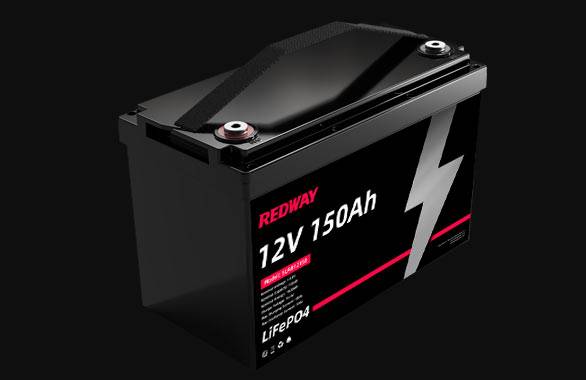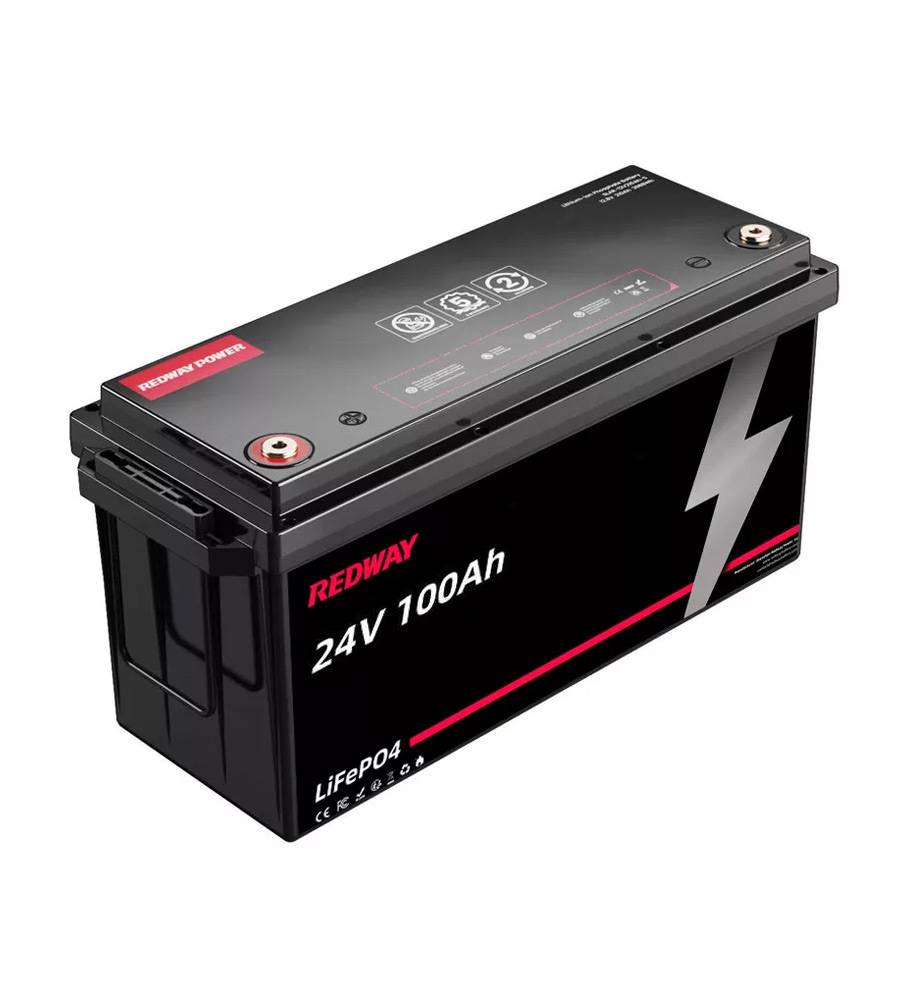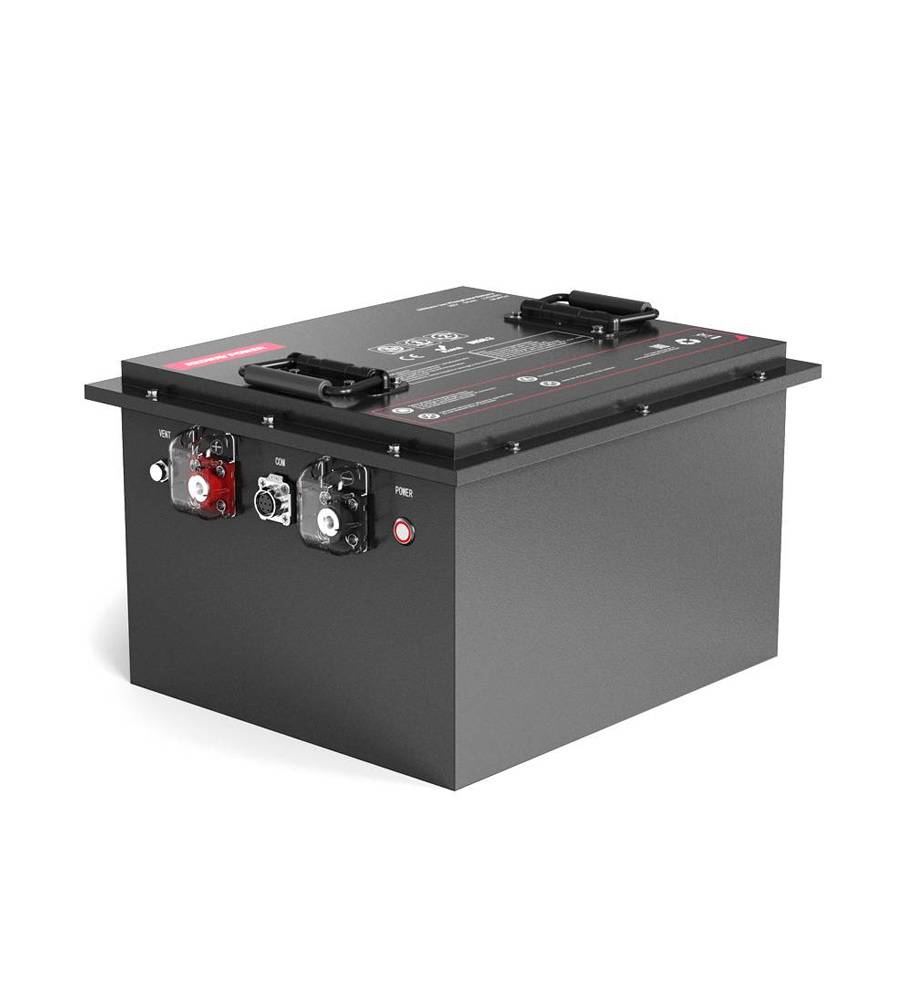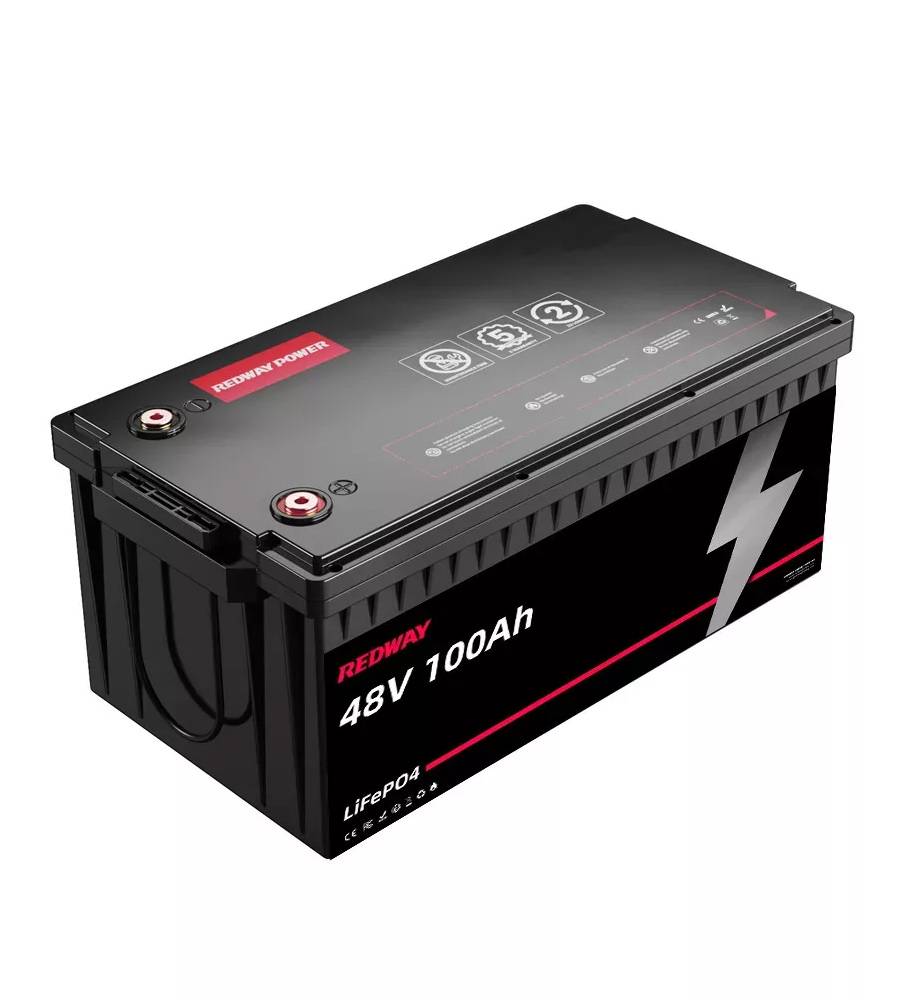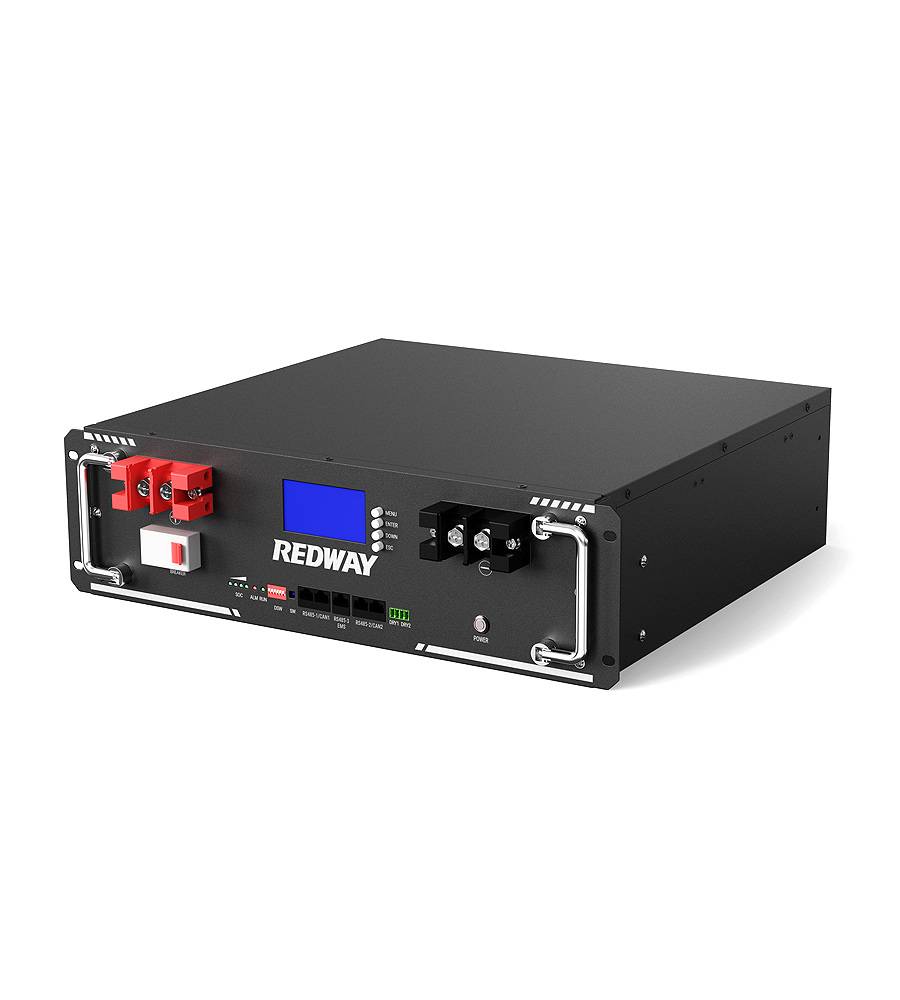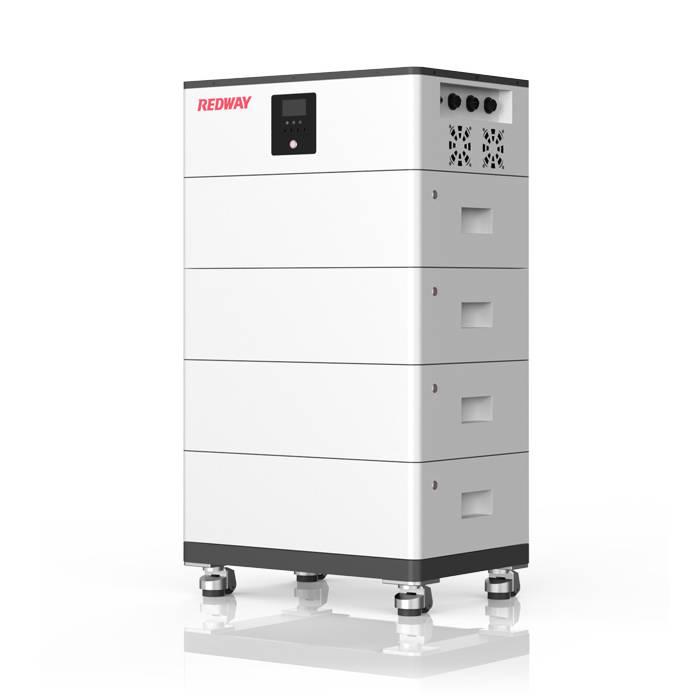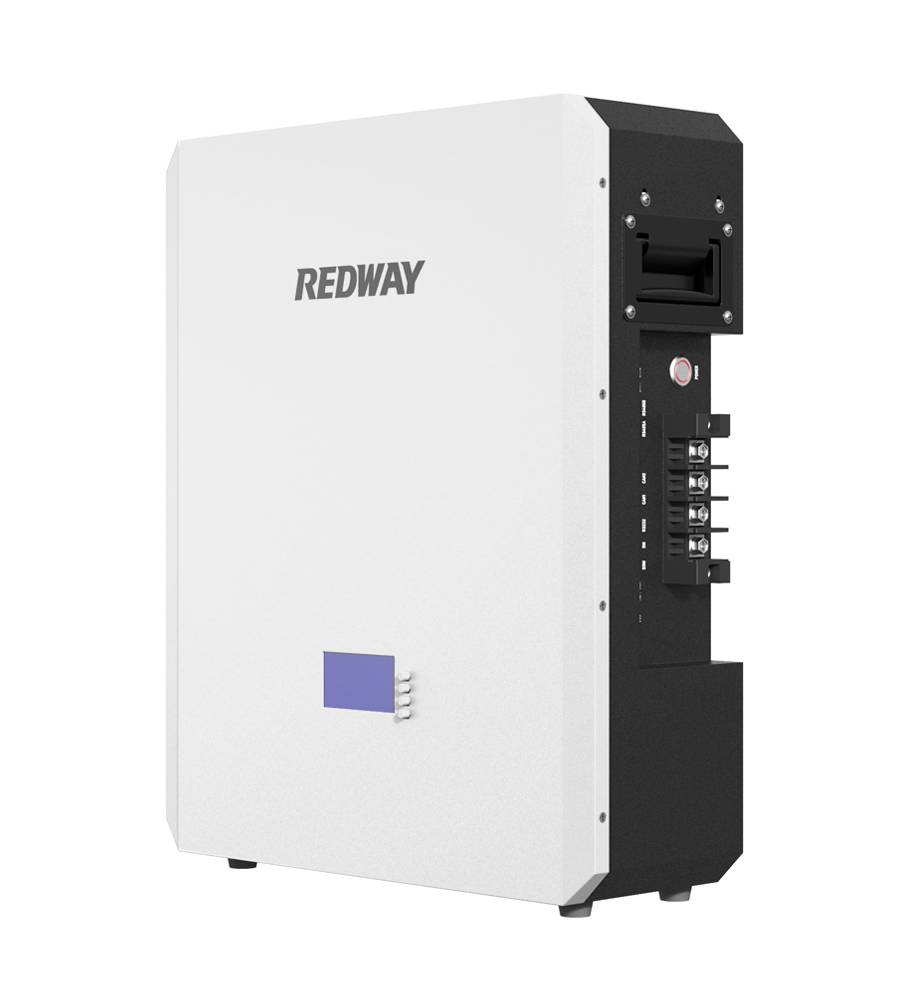- Forklift Lithium Battery
-
48V
- 48V 210Ah
- 48V 300Ah
- 48V 420Ah (949 x 349 x 569 mm)
- 48V 420Ah (950 x 421 x 450 mm)
- 48V 456Ah
- 48V 460Ah (830 x 630 x 590 mm)
- 48V 460Ah (950 x 421 x 450 mm)
- 48V 460Ah (800 x 630 x 600 mm)
- 48V 460Ah (820 x 660 x 470 mm)
- 48V 500Ah
- 48V 560Ah (810 x 630 x 600 mm)
- 48V 560Ah (950 x 592 x 450 mm)
- 48V 600Ah
- 48V 630Ah
-
48V
- Lithium Golf Cart Battery
- 12V Lithium Battery
12V 150Ah Lithium RV Battery
Bluetooth App | BCI Group 31
LiFePO4 Lithium
Discharge Temperature -20°C ~ 65°C
Fast Charger 14.6V 50A
Solar MPPT Charging - 24V Lithium Battery
- 36V Lithium Battery
- 48V Lithium Battery
-
48V LiFePO4 Battery
- 48V 50Ah
- 48V 50Ah (for Golf Carts)
- 48V 60Ah (8D)
- 48V 100Ah (8D)
- 48V 100Ah
- 48V 100Ah (Discharge 100A for Golf Carts)
- 48V 100Ah (Discharge 150A for Golf Carts)
- 48V 100Ah (Discharge 200A for Golf Carts)
- 48V 150Ah (for Golf Carts)
- 48V 160Ah (Discharge 100A for Golf Carts)
- 48V 160Ah (Discharge 160A for Golf Carts)
-
48V LiFePO4 Battery
- 60V Lithium Battery
-
60V LiFePO4 Battery
- 60V 20Ah
- 60V 30Ah
- 60V 50Ah
- 60V 50Ah (Small Size / Side Terminal)
- 60V 100Ah (for Electric Motocycle, Electric Scooter, LSV, AGV)
- 60V 100Ah (for Forklift, AGV, Electric Scooter, Sweeper)
- 60V 150Ah (E-Motocycle / E-Scooter / E-Tricycle / Tour LSV)
- 60V 200Ah (for Forklift, AGV, Electric Scooter, Sweeper)
-
60V LiFePO4 Battery
- 72V~96V Lithium Battery
- Rack-mounted Lithium Battery
- E-Bike Battery
- All-in-One Home-ESS
- Wall-mount Battery ESS
-
Home-ESS Lithium Battery PowerWall
- 24V 100Ah 2.4kWh PW24100-S PowerWall
- 48V 50Ah 2.4kWh PW4850-S PowerWall
- 48V 50Ah 2.56kWh PW5150-S PowerWall
- 48V 100Ah 5.12kWh PW51100-F PowerWall (IP65)
- 48V 100Ah 5.12kWh PW51100-S PowerWall
- 48V 100Ah 5.12kWh PW51100-H PowerWall
- 48V 200Ah 10kWh PW51200-H PowerWall
- 48V 300Ah 15kWh PW51300-H PowerWall
PowerWall 51.2V 100Ah LiFePO4 Lithium Battery
Highly popular in Asia and Eastern Europe.
CE Certification | Home-ESS -
Home-ESS Lithium Battery PowerWall
- Portable Power Stations
How Many Amps Does a 24V Trolling Motor Draw?
The amps drawn by a 24V trolling motor can vary significantly based on several factors, including power settings, boat weight, and water conditions. Generally, a 24V trolling motor may draw anywhere from 4 amps at low speeds to over 50 amps at maximum power.
How to calculate amp draw for trolling motors?
To calculate the amp draw of a trolling motor, you can use the formula:
Amps=Watts/Volts
For instance, if your motor operates at 300 watts on a 24V system, it would draw approximately 300/24=12.5 amps.
Chart: Example Calculations for Different Wattages
| Watts | Voltage | Amps |
|---|---|---|
| 300 | 24V | 12.5 |
| 600 | 24V | 25 |
| 1200 | 24V | 50 |
What factors affect the amp draw of a trolling motor?
Several factors influence how many amps a trolling motor draws:
- Boat Weight: Heavier boats require more power, resulting in higher amps.
- Power Setting: Higher settings increase resistance and thus increase current.
- Water Conditions: Rough or salty water increases drag, leading to greater power consumption.
What are the maximum amp draw values for different trolling motor models?
Different models have varying maximum amperage ratings based on their design and intended use. For example, a Minn Kota 80 lb thrust model typically has a maximum draw of around 56 amps at full throttle.Chart: Maximum Amp Draw Values
| Model | Thrust (lbs) | Voltage | Max Amp Draw |
|---|---|---|---|
| Minn Kota 80 lb | 80 | 24V | 56A |
| Garmin Force | Varies | 24V | Up to 54A |
| Motorguide X3 | Varies | 24V | Varies |
How does power setting impact run time and efficiency?
Power settings significantly impact both run time and efficiency of trolling motors. Running at lower settings consumes fewer amps, extending battery life, while higher settings will drain batteries more quickly but provide more thrust.
What is the relationship between horsepower and amp draw?
Horsepower directly correlates with wattage, which in turn affects amperage. For example, one electrical horsepower equals approximately 746 watts; thus, if your motor operates at one horsepower at full load, it will require about 74624≈31 amps on a 24V system.
How to measure the actual amp draw of a trolling motor?
To measure your trolling motor’s actual amp draw:
- Use a clamp meter around one of the power cables.
- Ensure that the meter is set to measure DC current.
- Read the display while operating at various speeds.
What maintenance tips can help optimize amp usage?
Regular maintenance can enhance efficiency:
- Clean propellers regularly to prevent drag.
- Check battery health and connections.
- Ensure proper alignment of components.
Where can you find specific amp draw information for your trolling motor model?
Specific information regarding your trolling motor’s amperage can usually be found in the user manual or on the manufacturer’s website. Additionally, forums dedicated to boating often have user-shared data regarding various models.
Expert Views:
“Understanding how many amps your trolling motor draws is crucial for effective battery management,” says Mike Johnson, Marine Electronics Specialist. “By knowing this information, you can optimize your setup for longer trips without unexpected battery depletion.”
Frequently Asked Questions
- Q1: Can I use any battery with my trolling motor?
No, always use batteries that meet or exceed your motor’s voltage and amperage requirements. - Q2: How can I extend my battery life while using my trolling motor?
Run your motor at lower speeds when possible and ensure regular maintenance on both the motor and battery. - Q3: Is it normal for my trolling motor to pull high amps at startup?
Yes, many motors experience an initial surge in amperage when starting up before settling into their normal operating range.



